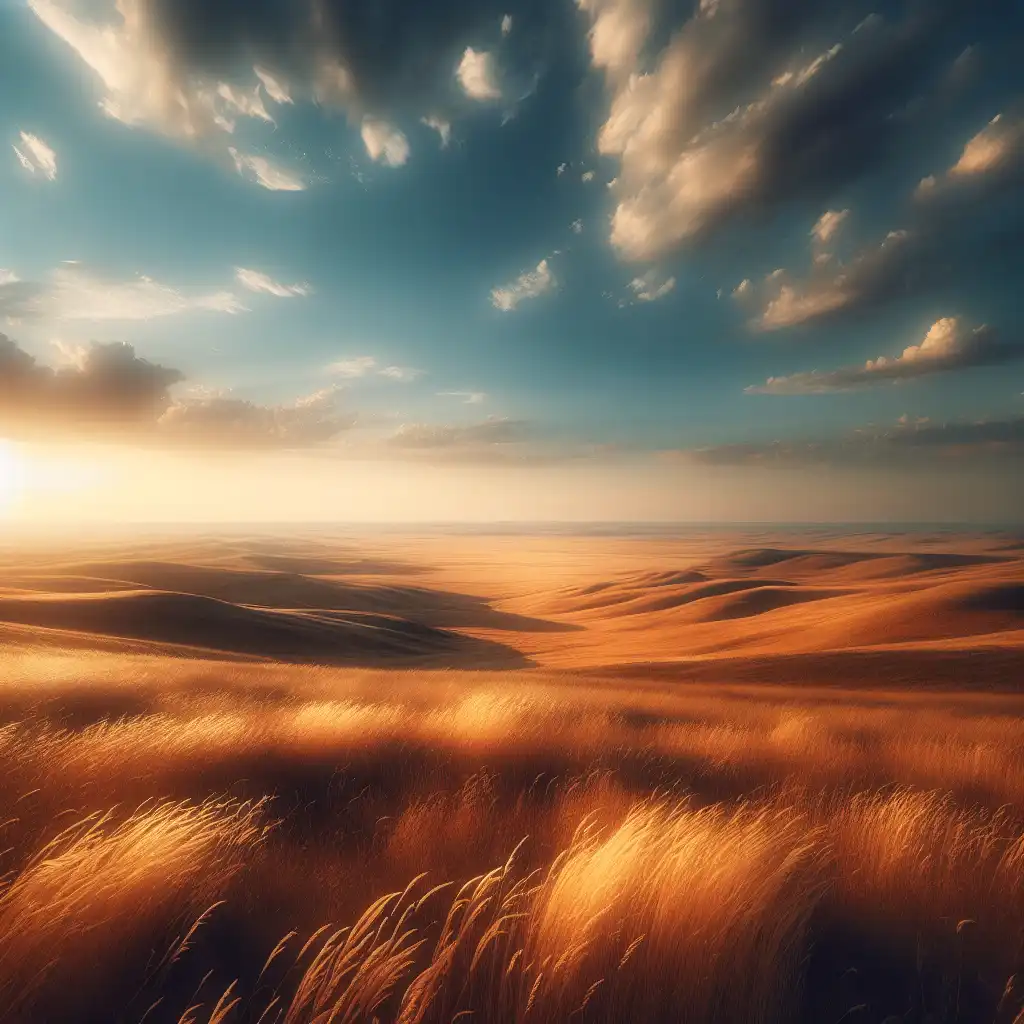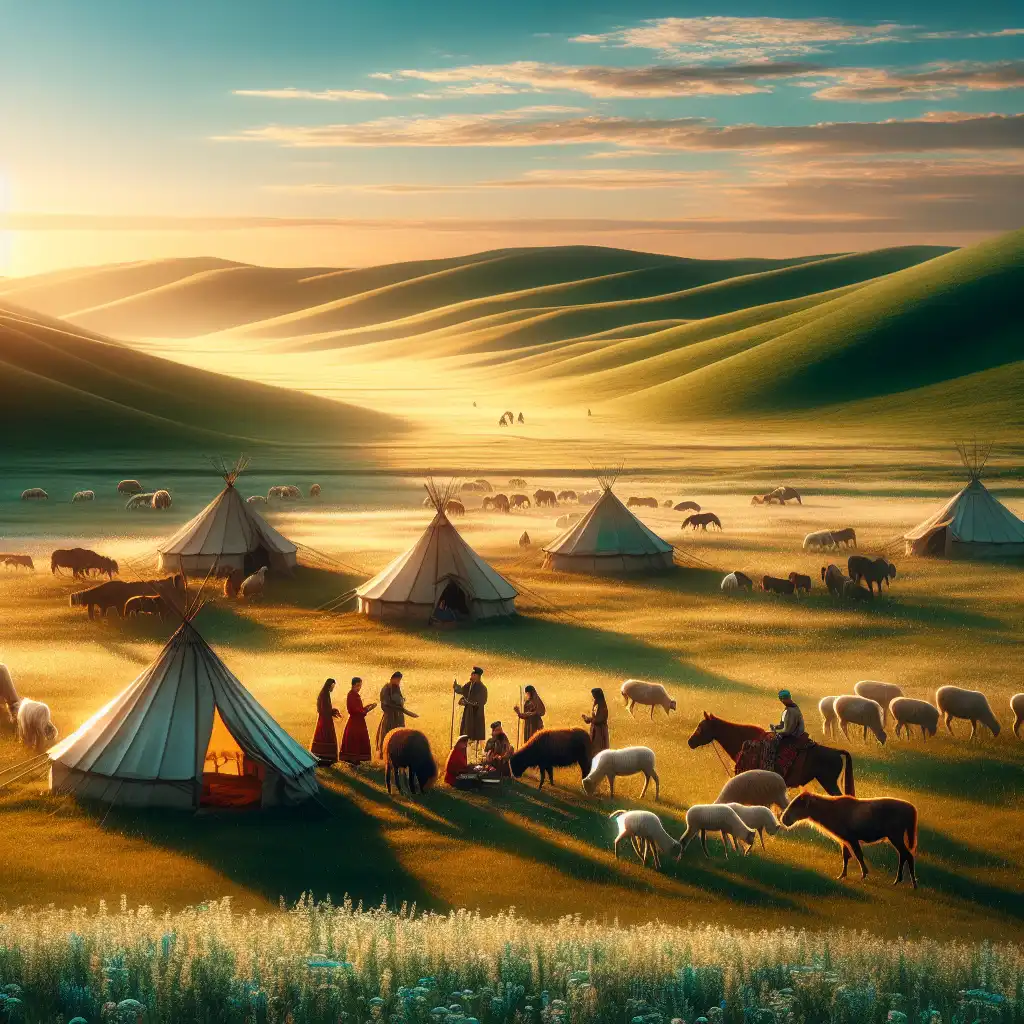
Steppe
Geographic Origin
The term 'steppe' mainly describes land in southeastern Europe and Siberia, not everywhere.  The Ukrainian steppe stretches endlessly towards the horizon.
The Ukrainian steppe stretches endlessly towards the horizon.
Not Forested
'Steppe' refers to open, treeless grasslands, different from woods or forested areas.  The steppe was vast, with no trees to interrupt our view.
The steppe was vast, with no trees to interrupt our view.
Cultural Associations
Steppes are often linked in history to nomadic life and horse cultures, like the Mongols.  Nomads have lived on the steppe for centuries.
Nomads have lived on the steppe for centuries.